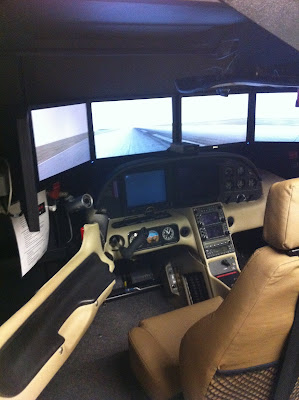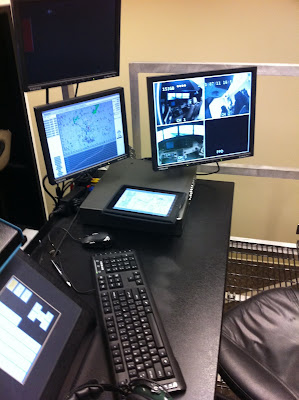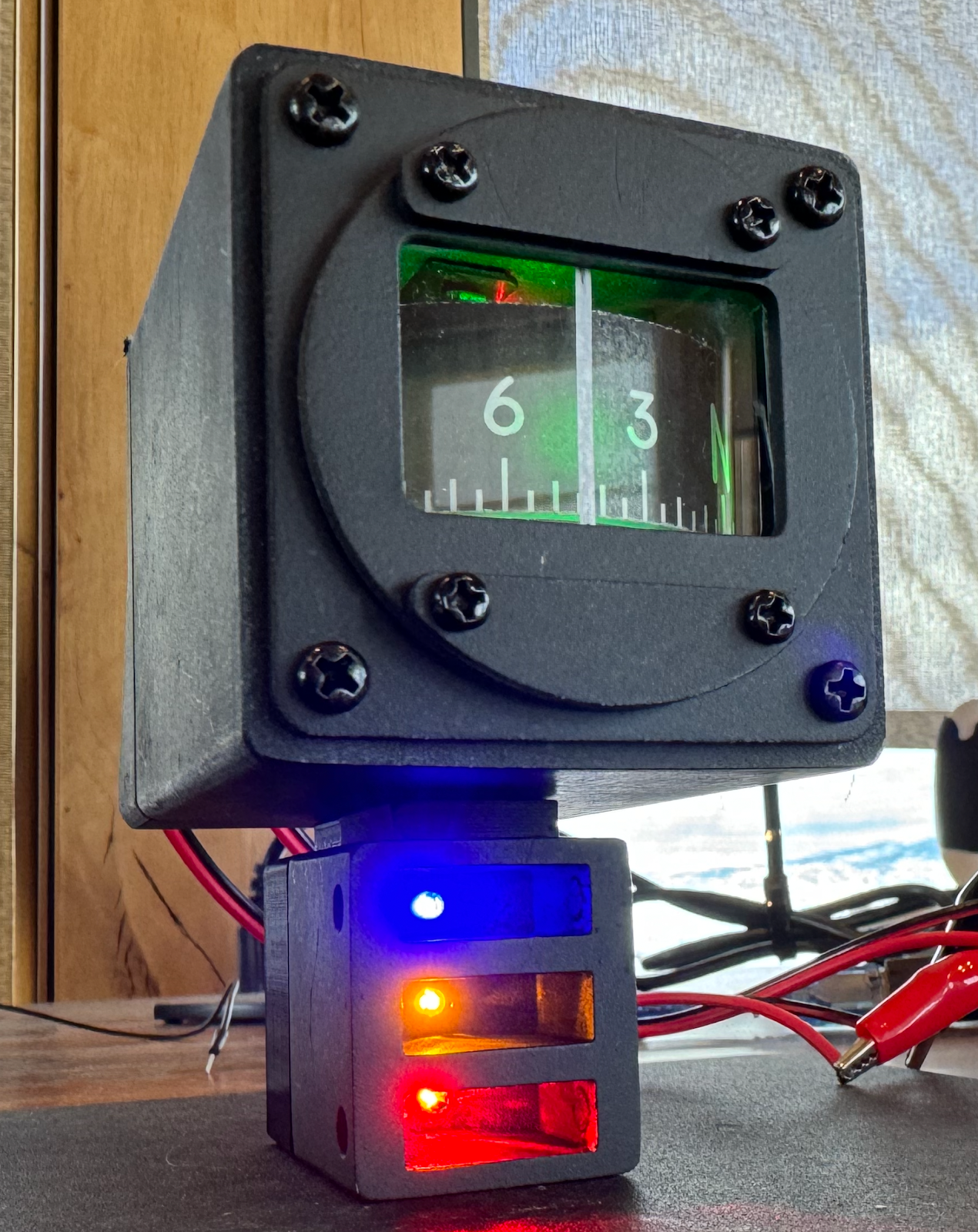Simulator time, IPC, BFR
 I just returned from a trip to KRYY where SimTrain has a full-motion Cirrus SR22 simulator. The goal for my visit was to review emergency procedures, like dealing with engine outs or electrical problems, while being able to actually experience them in a realistic, yet safe, fashion.
I just returned from a trip to KRYY where SimTrain has a full-motion Cirrus SR22 simulator. The goal for my visit was to review emergency procedures, like dealing with engine outs or electrical problems, while being able to actually experience them in a realistic, yet safe, fashion. Since the emergency procedures involved a good bit of instrument and basic fundamentals, we decided to combine it with an IPC, Instrument Proficiency Check, and a BFR, Biannual Flight Review. The former makes sure you are a competent pilot for flying in clouds, the latter is required every two years to keep your license "valid".
I started the day yesterday with a 1.4hr flight to KRYY. I got a bit of instrument time in the first part of the flight, as the fog had only lifted 600 feet or so. By the halfway point the fog was clearing, but the haze kept the visibility down to 5 miles or so.
I was given a straight-in approach to RYY which made for a convenient landing. I taxied over to the south side for Preferred Jet for parking and to meet my instructor.
He gave me a lift for the half-mile or so drive to the simulator location. We started with ground school work in a class room, reviewing systems, emergency procedures, and what we'd do in the simulator. It didn't take long to realize that my orignal plan of doing some flying in the airplane after the sim time before heading home just wasn't going to pan out. There was too much to go over, and the clouds were building outside, making for what looked like it would be a bumpy afternoon flight. So we found a hotel over lunch and I updated the FBO that I'd stay overnight.
The afternoon was filled with hour-long sessions in the sim, followed by debriefs and reviews in the classroom. After an hour or so in the motion-enabled sim, I was ready for a break. I didn't feel any ill effects through normal flight, but when we pulled the CAPs parachute or practiced dealing with microbursts, my eyes weren't getting the same input as the rest of me, causing minor discomfort.
By the end of the day I had performed about 17 approaches, each with some different sort of system failure involved. One failure was a complete electrical failure, which would be a rare thing to happen in real life. That failure leaves you with nothing but your portable devices, the airspeed and altimeter, and the whiskey compass. Getting down through the clouds was tricky but mostly involved being as smooth as possible and letting the stability of the airplane keep you upright.
That night I was exhausted and slept pretty well. We woke up bright and early the next morning and did a flight to complete the BFR. Then I scooted on home before the storms in the area had much of a chance to build up.
I left feeling like I really got a great deal of experience from the sim. It's not a cheap thing to do, especially if you have to fly to get to the location, but it's really something every pilot should try to experience sometime - especially IFR pilots. I learned loads of stuff I could have never learned any other way.



Comments